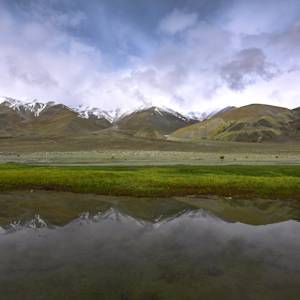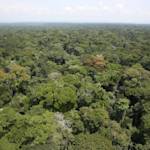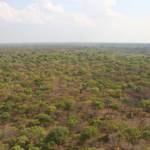Bialowieza Forest
2023 CE • Poland and Belarus
"Situated on the watershed between the Baltic and the Black Seas, this immense relatively undisturbed forest of evergreen and deciduous broad-leaved trees is the last large primary temperate forest in lowland Europe and one of its largest conservation areas. It contains several rare species of mammal such as wolf, elk, lynx and otter, and hundreds of reintroduced European Bison, an endangered species. Known for its areas of untouched old-growth wilderness, the Bialowieza is considered "an irreplaceable area for biodiversity conservation." Legal protection of the forest was recorded as early as 1538 and was officially deemed a hunting reserve in 1541 as an effort to protect the forest's large population of free-roaming bison. Despite its long history of protection, the Bialowieza Forest is subjected to a range of threats. "The forest was first exploited for timber, charcoal and iron in the 16th century . . . [F]rom the mid-19th century, the western half of the forest was logged commercially and suffered very heavy logging during the first half of the 20th century", which still persists to this day. "The historical replacement of primeval forest by conifer plantations, intensified forest management, clear-felling and selective logging, [are] the greatest threats to the integrity of the forest. There are also negative impacts from the trampling by tourists of vegetation and soil", while invasive species like the bark beetle threaten the forest's native species.
"Białowieża Forest," World Heritage Datasheet.
Image: Frank Vassen via Flickr, Attribution 2.0 Generic (CC BY 2.0)


Learn about Maya Lin’s fifth and final memorial: a multi-platform science based artwork that presents an ecological history of our world - past, present, and future.

Discover ecological histories and stories of former abundance, loss, and recovery on the map of memory.

Learn how we can reduce our emissions and protect and restore species and habitats – around the world.

See how art can help us rethink the problems we face, and give us hope that each one of us can make a difference.

Help make a global memorial something personal and close to home. Share your stories of the natural world.


